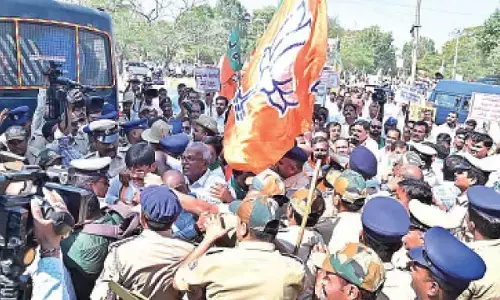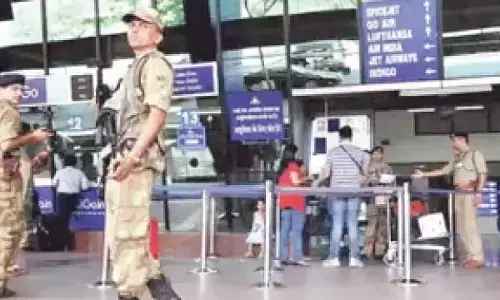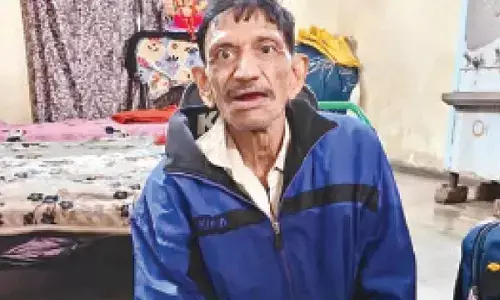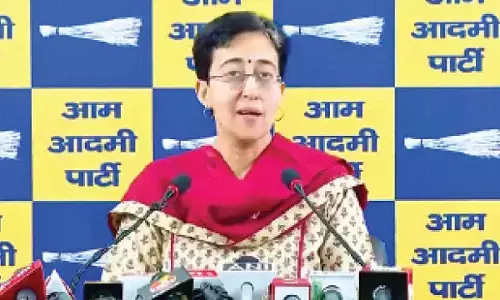Need for new thinking or new Constitution?
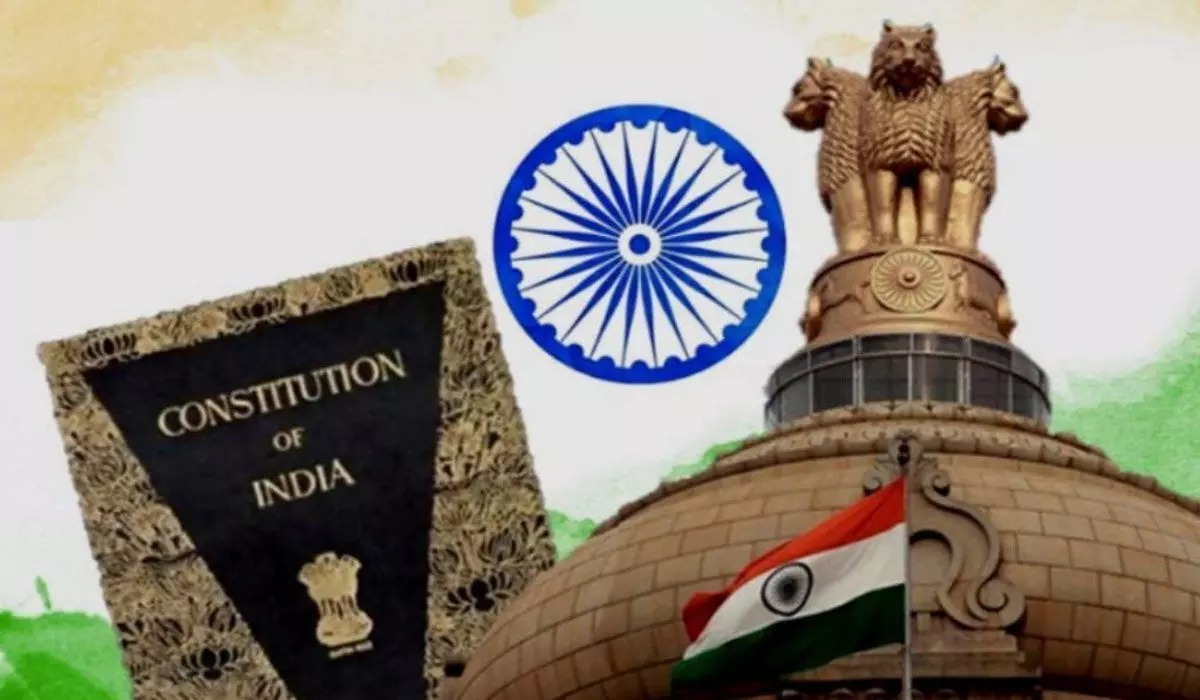
This refers to editorial "PM's Advisor for new Constitution; Agenda clear" (1 September). The Chief of Economic Advisory Council should concentrate on the work in hand and focus on stabilising economy.
This refers to editorial "PM's Advisor for new Constitution; Agenda clear" (1 September). The Chief of Economic Advisory Council should concentrate on the work in hand and focus on stabilising economy.Hindu outfits supporting the ruling dispensation wants such half-backed suggestions from non-political players and too close to PM. The makers of constitution were luminaries with vision which goes beyond hundred years. Don't know whether people like Dr Devroy have read BN Rau's 'Making of Indian Constitution,' published 1960 ( Orient Longmans, now Orient BlackSwan) which may not be available but Parliament Library should have a copy; he must read it before talking of the new Constitution. The fundamentals of our Constitution are very strong and it is well-suited for a diversified country like India, unlike Pakistan which has inserted religion in their constitution and its poor people who are paying a price. India marching towards 100th year of Independence needs new thinking and outlook more than new Constitution.
– N Nagarajan,
Hyderabad
Further to the interesting editorial (‘PM’s advisor for new Constitution; Agenda clear) dated September 1), discussions on the Constitution do raise heat where all of history starting from Manusmriti (1st–3rd CE) makes its presence. Ironically, most people, not aware of the contents of both Manusmriti and the present-day Constitution, blindly argue for either elevating or burning them. Manusmriti was one of the hundreds of texts available in Sanskrit that discussed many legal and social issues of the contemporary period. It was neither prescriptive nor descriptive for the entire culture until eternity. William Jones (1746–1794) picked Manusmriti as ‘the’ legal text for translation to construct the Hindu law code.
Manu is a ‘symbol of oppression’ today, thanks to a chain of scholarly violence in interpretations and translations. The Constitution of 1950 borrowed heavily from the Government of India Act of 1935. BN Rau had a major role in drafting the original 1935 Constitution. The bicameral legislature, the division of powers between the centre and the states, the resting of residuary powers, emergency provisions in the event of a collapse of the constitutional machinery, the powers of the governor, judges, and the Supreme Court, the laws regarding inter-state relations, the establishment of the Public Service Commission, and so on, almost made the 1950 Constitution an amended version of the 1935 Act, according to many critics. A member of the Constituent Assembly said that "the Constitution is essentially the Government of India Act of 1935 with only adult franchise added".
These legal texts are by humans for humans. Never set in stone, they would require adjustments according to contemporary circumstances. The Constitution of 1935 or 1950, however, looked firmly west for its values. It ignored contemporary thinkers with a far greater grip on the true nature of Indian culture, uncolored by colonial ideas. These thinkers (like Sri Aurobindo and Ananda Coomaraswamy) firmly argued that Indian culture, which survived the most severe onslaughts across centuries, rested on three interdependent quartets: the four ‘varnas’, the four ‘ashramas’, and the four ‘purusharthas’.
Instead of reassessing what these meant, we simply parroted what the colonials said about us and created abnormal politico-social systems that encouraged violence and anger. Similarly, secularism is the most profound attack on Sanatani culture, where the separation of the ‘sacred’ and the ‘profane’ fails to make sense. In a metaphysic where every ‘secular’ activity (arts, literature, politics, science) is ‘spiritualized’, the separation of the spiritual from the secular is arguably the poorest misunderstanding of Indian culture.
– Dr Pingali Gopal,
Hanamkonda











